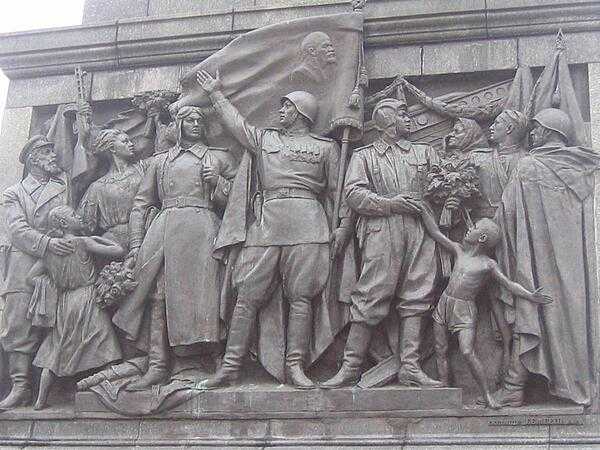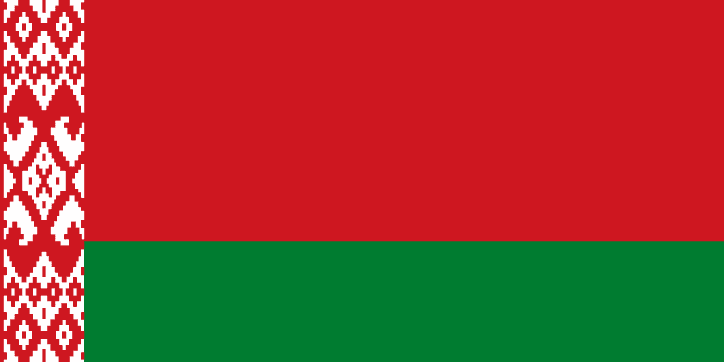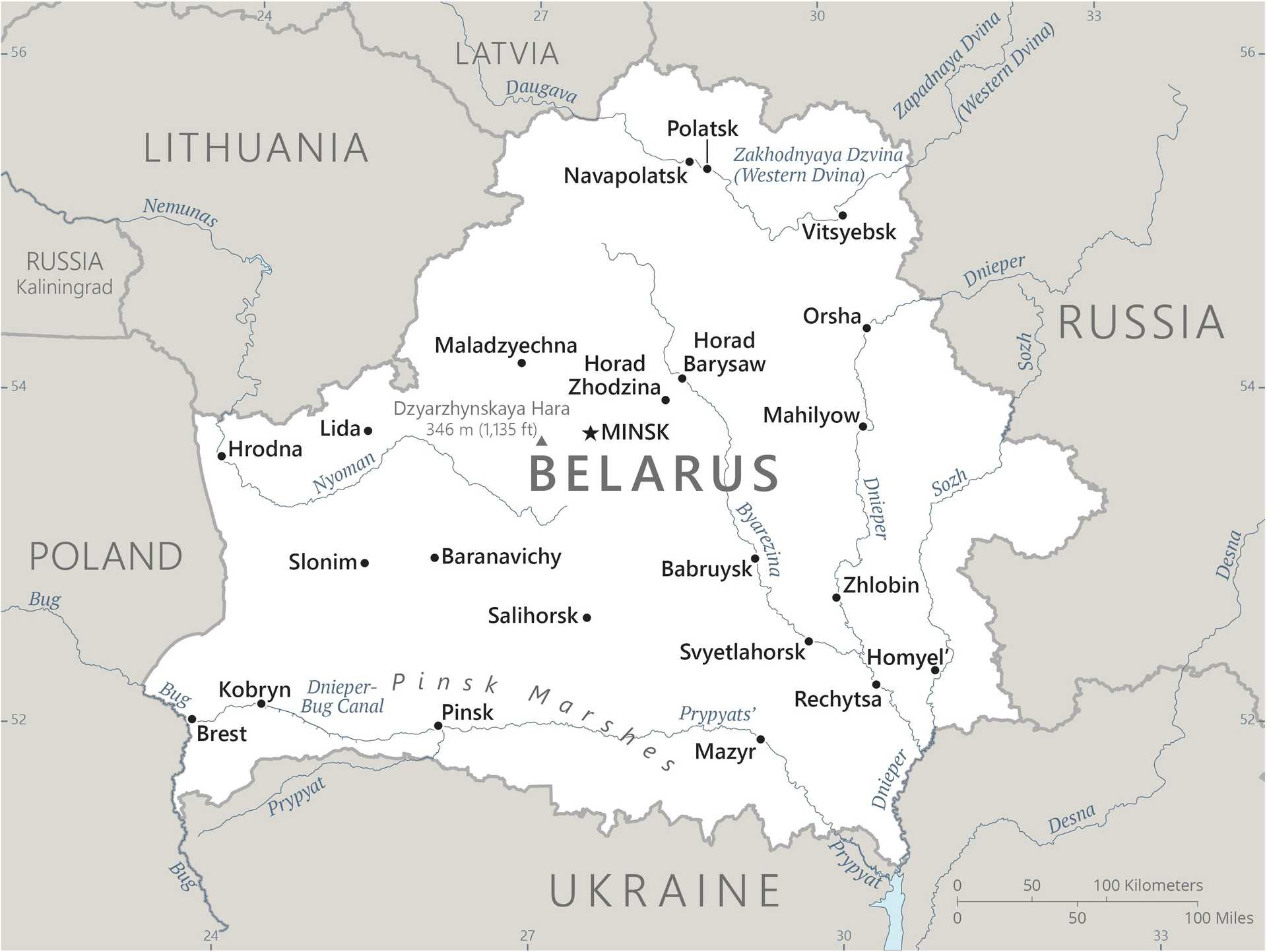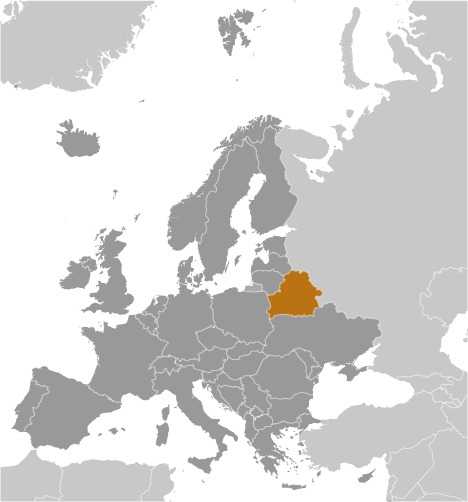Introduction
Visit the Definitions and Notes page to view a description of each topic.
Geography
People and Society
Population
comparison rankings: total 97; male 99; female 93
Languages
Median age
comparison ranking: total 46
Population growth rate
comparison ranking: 216
Birth rate
comparison ranking: 210
Death rate
comparison ranking: 10
Net migration rate
comparison ranking: 67
Maternal mortality ratio
comparison ranking: 194
Infant mortality rate
comparison ranking: total 219
Life expectancy at birth
comparison ranking: total population 138
Total fertility rate
comparison ranking: 208
Obesity - adult prevalence rate
comparison ranking: 58
Alcohol consumption per capita
comparison ranking: total 18
Tobacco use
comparison ranking: total 36
Education expenditure
comparison ranking: Education expenditure (% GDP) 64
Environment
Carbon dioxide emissions
comparison ranking: total emissions 58
Government
Economy
Real GDP (purchasing power parity)
comparison ranking: 66
Real GDP growth rate
comparison ranking: 77
Real GDP per capita
comparison ranking: 82
Inflation rate (consumer prices)
comparison ranking: 150
GDP - composition, by sector of origin
comparison rankings: agriculture 94; industry 52; services 148
Industrial production growth rate
comparison ranking: 33
Labor force
comparison ranking: 89
Unemployment rate
comparison ranking: 55
Youth unemployment rate (ages 15-24)
comparison ranking: total 117
Gini Index coefficient - distribution of family income
comparison ranking: 147
Public debt
comparison ranking: 160
Taxes and other revenues
comparison ranking: 107
Current account balance
comparison ranking: 146
Reserves of foreign exchange and gold
comparison ranking: 83
Debt - external
comparison ranking: 36
Energy
Electricity
comparison rankings: installed generating capacity 61; consumption 60; exports 41; imports 51; transmission/distribution losses 143
Energy consumption per capita
comparison ranking: 43
Communications
Telephones - fixed lines
comparison ranking: total subscriptions 32
Telephones - mobile cellular
comparison ranking: total subscriptions 86
Broadband - fixed subscriptions
comparison ranking: total 48
Transportation
Merchant marine
comparison ranking: total 171




